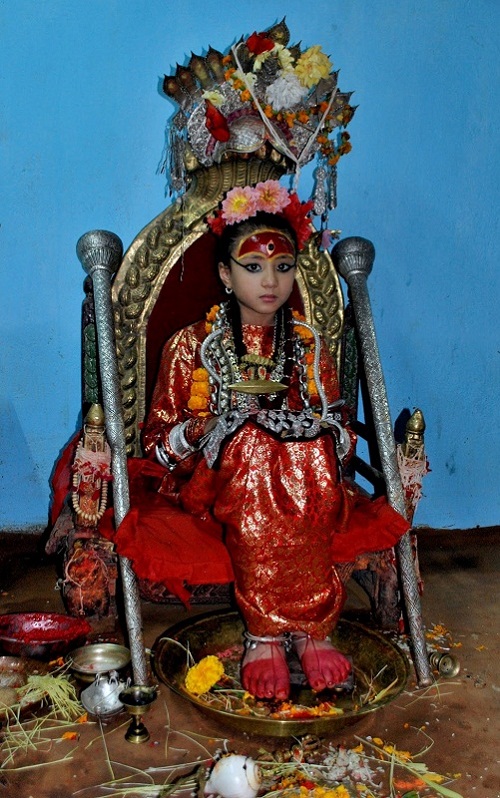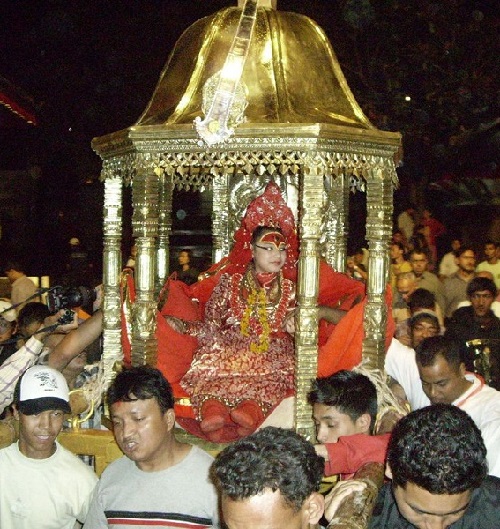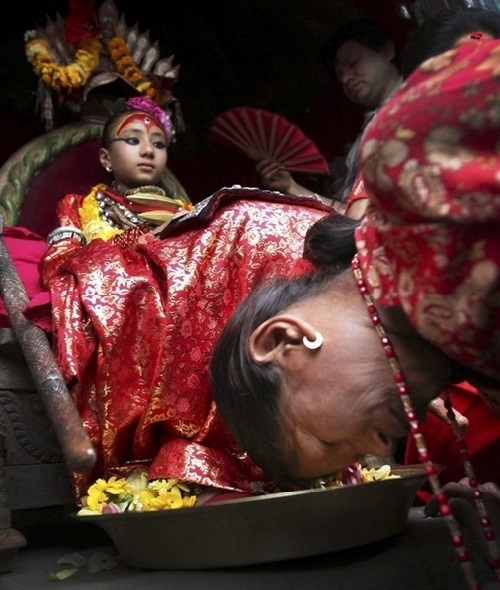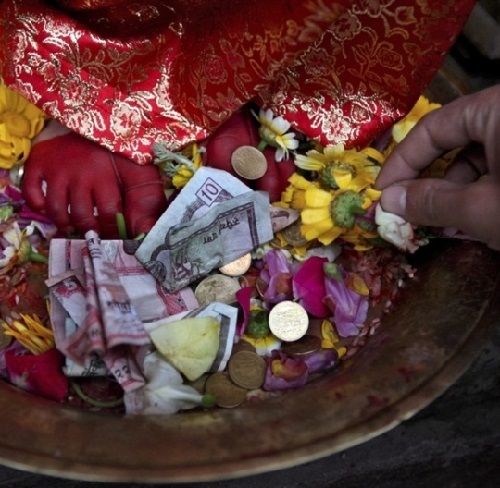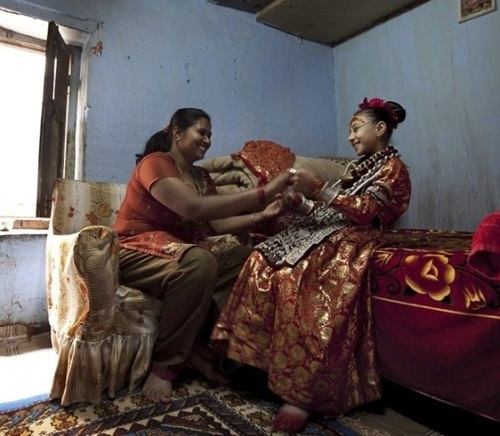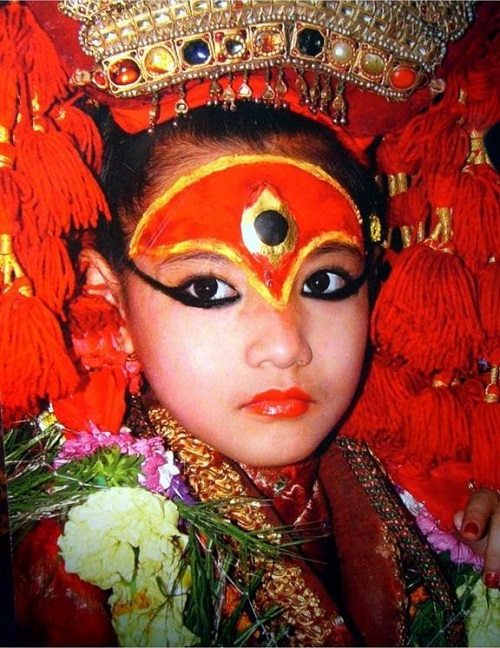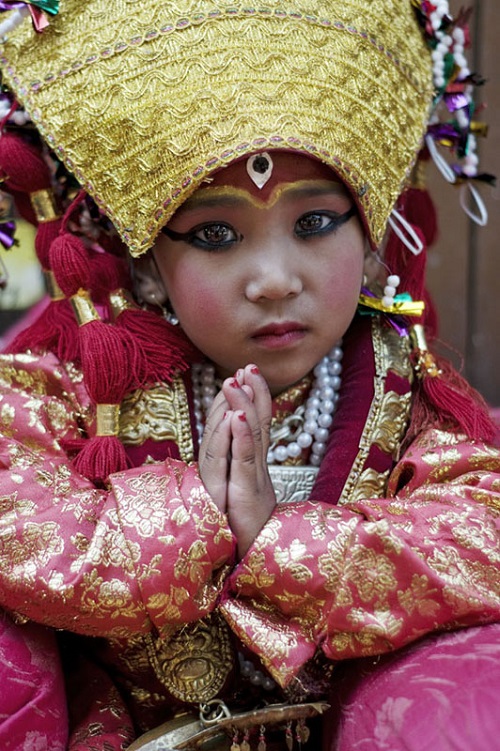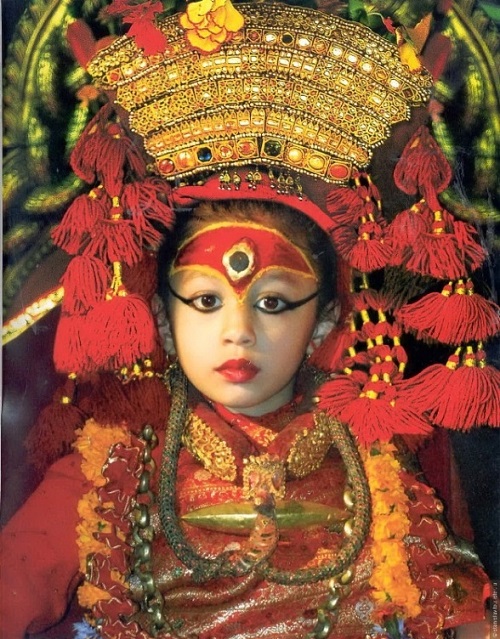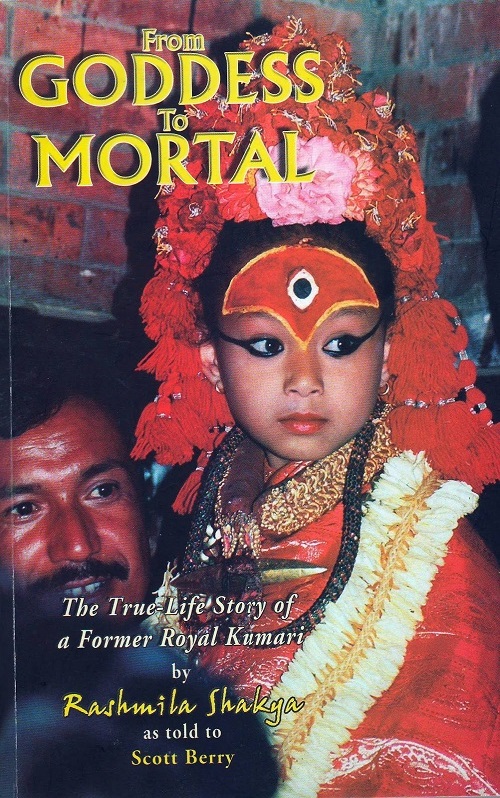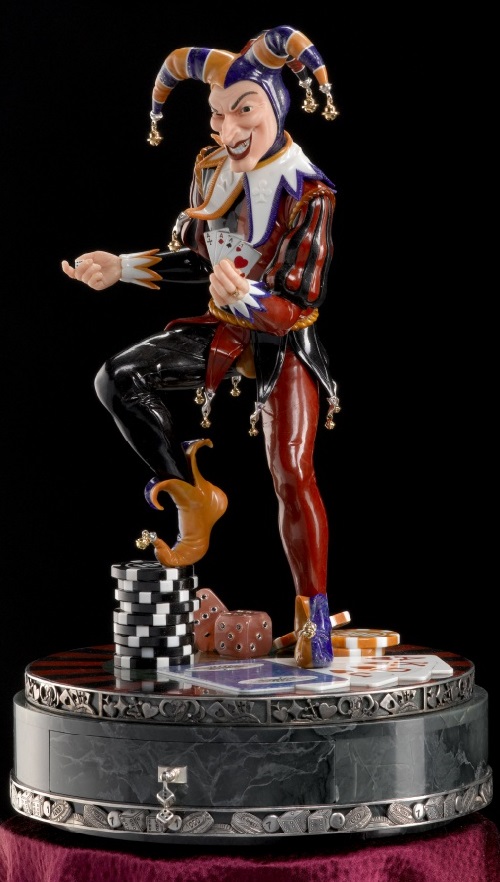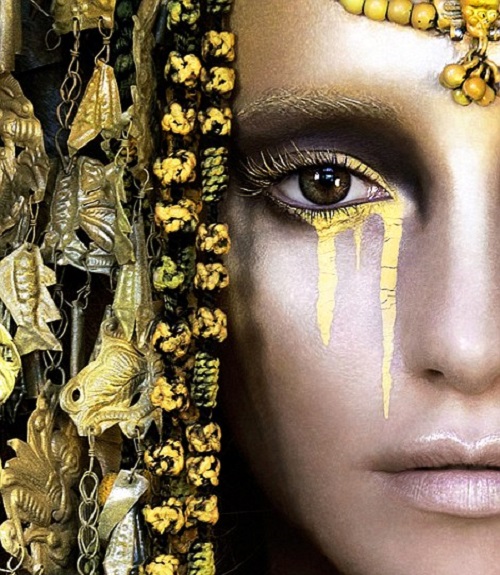Nepal living goddess Kumari

Samita Bajracharya wears makeup before attending a festival, at Kumari Ghar in Patan City. Nepal living goddess Kumari
Nepal living goddess Kumari
From the Sanskrit the word “Kaumarya” means virgin. The local Hindus and Buddhists consider this girl to be the embodiment of the goddess Taleju (the Nepalese name of the goddess Durga). In fact, the idea of bodily incarnation of Durga in Hinduism has lived for many centuries. In the treatise “Devi Mahatmyam”, written in the 4-5 centuries, the goddess Chandi (Durga subsistence) says that she is present in all female living beings in the universe. To this day, at festivals, Durga Puja and Navaratri believers of India choose a girl who is their living goddess, but only for one day – during the celebration. In Nepal, the Hindu idea of the incarnation of the goddess in the girl reached its highest development thanks to the influence of Buddhism.
In Tibetan Buddhism there is a cult of the Dalai Lama, who is the incarnation of the Bodhisattva Avalokiteshvara, and Panchen Lama, who is an incarnation of Amitabha Buddha. After the death of the next Panchen Lama or the Dalai Lama Buddhists will find the child, in whom the Buddha / Bodhisattva reincarnated.
The Cult of the Dalai Lama in Buddhism originated in the 14th century, and the tradition of searching through the little girls incarnation of the goddess Taleju appeared in the late 17th century in Nepal. Buddhist influence is felt in the fact that the incarnated goddess is looked for in the Shakya caste (whence came the founder of Buddhism, Sakyamuni Buddha). The members of this caste are part of the Newars (the people in Nepal, numbering 1.3 million people.). Their religion is Buddhists, heavily mixed with Hinduism.
In contrast to the Buddhist cult Panchen Lama or the Dalai Lama, where the holy incarnation ends with the physical death of Lama, in the cult of the Kumari is believed that the goddess is leaving the girl’s body during any bleeding, so at first menstruation Kumari loses her status and people choose the new Kumari.
Kumari has to be a girl, who has 32 features of goddess. The girl should not have any bleeding, disease, should have all healthy teeth. The main function of the Kumari was the blessing of the king to the kingdom during the Puja festival, so the girl’s horoscope was checked for compatibility with horoscope of the king. In 2007, Nepal has ceased to be a kingdom and became a republic, but the Kumari is continued to be selected and after that date. It is worth noting that in Nepal there is not one Kumari, a few more Kumari are chosen in different settlements, and the main and most revered is the Royal Kumari, who lives in the palace of the capital of Nepal – Kathmandu.
After the tantric rituals of purification, Nepal living goddess Kumari is transferred on the white sheets of the temple to the palace of the Kumari Ghar, where she constantly lives. She can leave the palace only in connection with special rituals and ceremonies. Family members can visit her rarely, and their communication is official. She can not work and go to school. She is friendly and has a limited number of children out of their caste, belonging, like herself, to ethnic Newari. She dresses only in red, ties hair and wears on her forehead “fiery eye” (agni chakchuu) as a symbol of special spiritual power.
Having settled in the palace, Kumari begins to perform a special ritual role. She must comply with all of her behavior to the goddess, any of her actions acquire a mystical significance, and if she comes in a bad mood, it is considered as negative sign to those who come to her with requests.
While the spirit of the goddess Kumari is in, she has no right to touch the ground outside the palace, and if necessary, she is carried in a golden palanquin. Her legs, as well as her whole body is sacred, and asylum, touching her feet means to get rid of problems and diseases. When the king comes once a year to ask for her blessing, he kisses her feet. She never wears shoes, but sometimes wears red stockings.
They believe that Kumari has great spiritual power, and one of her eyes can change the destiny for the better. A lot of people are waiting in the courtyard of the Kumari Chowk, until she look out the window, hoping that she would take a look at them. Even if she looks for a few seconds, the mood of people waiting in the yard, changing, they are filled with joy and hope .
People visit Nepal living goddess Kumari bringing gifts with them, which she accepts, sitting on a throne with golden lions. Many visitors are suffering from diseases or disorders, it is believed that Kumari has a special power to cure these diseases. Kumari is also visited by officials and public figures. Petitioners usually bring gifts that Kumari takes in the silence
Rashmi Shakya, who was the Royal Kumari from 1984 to 1991, has published an autobiography in which she described all the difficulties of the transition from the status of a goddess to status of an ordinary girl.
Nepal living goddess Kumari
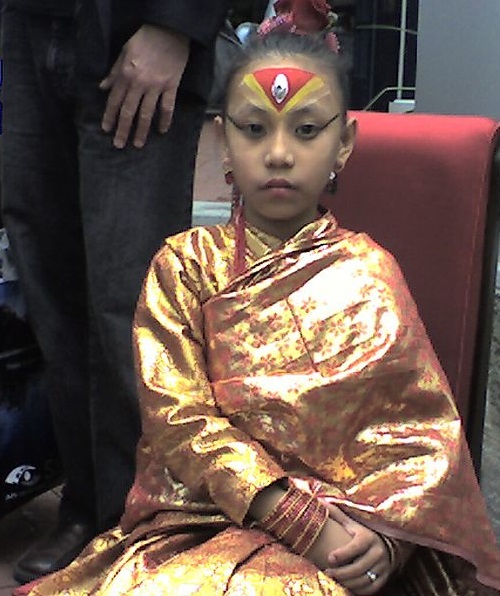
Sajani Shakya, a former Kumari of Bhaktapur, Nepal, during her June 2007 visit to the United States to the Film Festival Silverdocs.
top-antropos.com
